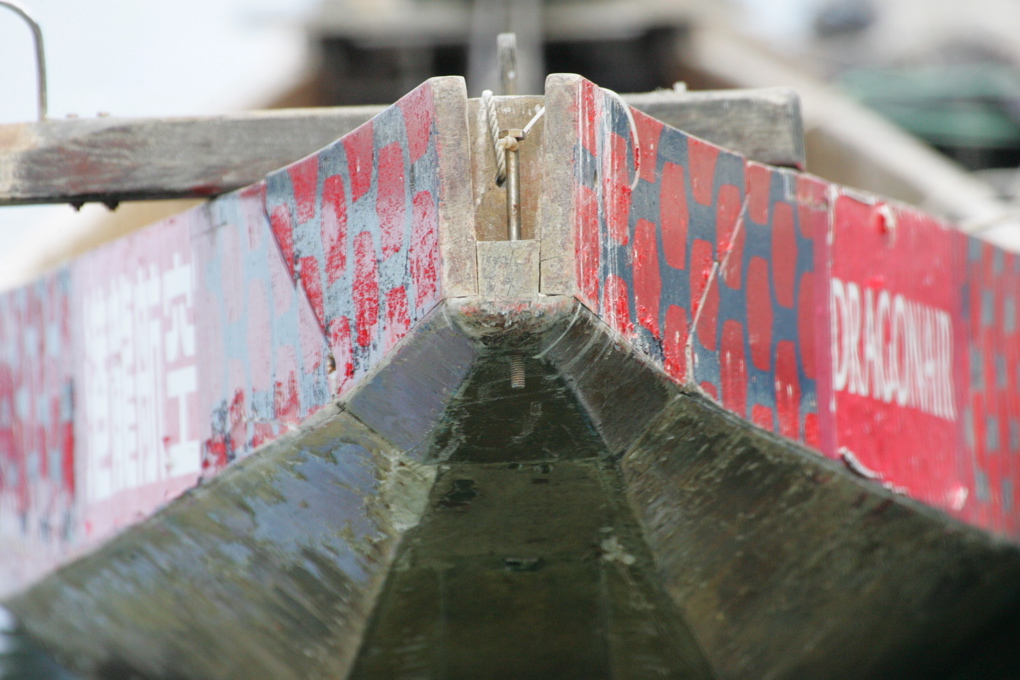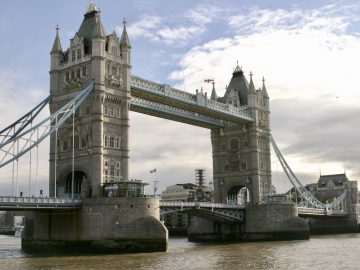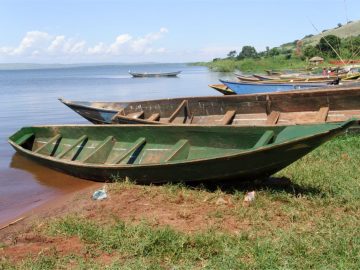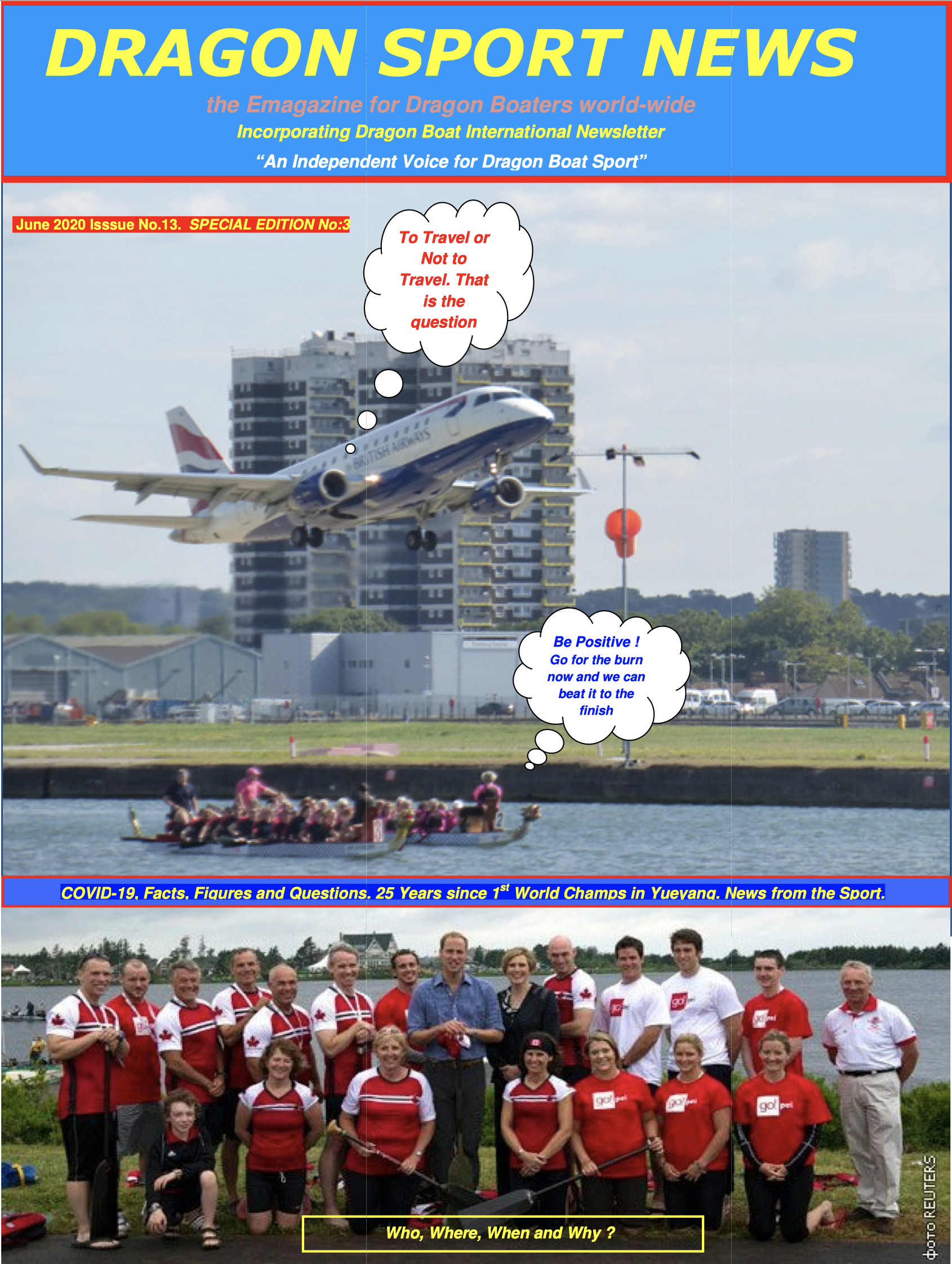This article Hyperthermia – Heatstroke was first published in DBWI-No. 6 – April 2009
With the article Cold Water Survival about hypothermia by Jane Blockley from www.leoblockley.org.uk covering physical risks in cold conditions, this article takes a look at the related physical risk of hyperthermia to paddlers in hot weather.
To clarify, while these different terms sound almost alike when spoken, Hypothermia deals with the body becoming too cold, while Hyperthermia occurs when the body overheats.
What is Hyperthermia?
The effect of heat on humans is progressive and can result in the very serious advanced state of hyperthermia, commonly known as heatstroke or sunstroke, which demands immediate emergency treatment. It is also important to know about heat exhaustion which often precedes heat stroke and heat cramps.
Normal human body temperature is 36° to 37° Celsius and the body tries to keep it in that range at all times unless fever is fighting a viral or bacterial infection. Outside of a fever, there are two main factors that cause body temperature to rise. One is simply the heat produced by the body’s metabolism which is increased through physical work or exercise. The second one is heat exposure due to the environment.
The body has temperature regulating mechanisms which, in most cases, can deal with those factors. But if these mechanisms are overwhelmed, it can lead to heatstroke.
The body’s main cooling mechanism involves perspiration – or sweat. It is actually the evaporation of sweat that is the primary means of cooling the body in high temperatures. The body can also cool itself through a heat exchange involving either radiation or convection. These secondary methods, though, are less effective ways of cooling and basically involve a heat transfer from the body to the air or any other substance in contact with the skin, such as water.
Before further discussing how the body cools itself through evaporation, there is another environmental factor to be considered – humidity. If you remember your physics lessons in school you’ll recall that evaporation can only take place if the surrounding air is not already saturated with water. How much the air is already saturated is expressed by its relative humidity. If relative humidity is at 20% the air has a great deal of ability to absorb evaporation, but if relative humidity is at 90% only a small amount of evaporation will occur.
In the climates of Southeast Asia, for example, or similar tropical or sub tropical regions, summer days can easily reach temperatures of 34°C at 99% relative humidity. In this kind of weather, there is not much room left in the air for anything to evaporate. As a consequence, the body simply cannot cool itself by sweating alone.
That doesn’t mean the body doesn’t sweat. Instead it means that the perspiration does not evaporate so won’t cool the body, and as a result the body will sweat even more. This can become dangerous because not only is the body losing liquids through perspiration, but the sweat also contains important minerals which are lost from the body as well.
Similarly, the secondary body cooling mechanisms of radiation and convection are limited. These methods won’t be of much help when the temperature differences between the body and its surroundings are as small as 2° or 3° Celsius.
Dragon boat practices and races always involve strenuous physical activity. When combined with high temperatures and humidity, paddlers can be at risk of hyperthermia. That is why it is important to understand how to avoid heat related illness and what to do if you or a team mate starts to exhibit signs of a serious heat related problem.
Prevention
The risks for heat exhaustion or heatstroke are increased with a higher temperature and anything that interferes with sweating since evaporation of sweat is the main way we cool off. The following factors increase the risk of heat problems:
a) High humidity – because sweat cannot easily evaporate
b) Any medications that lower sweat production – a common type would be antihistamines for allergies. The simple rule is that if a medicine makes someone’s mouth dry it also decreases sweating.
c) Dehydration from the water loss brought on by hot weather exercise
d) Any heart or circulation problems
Maintaining high fluid levels is a key to avoiding problems. Paddlers should drink water before leaving the dock and frequently while on the water – an individual plastic water bottle is a great way to ensure easy access. Don’t wait until you are thirsty to drink, take fluid frequently.
How much liquid is enough? As a rule of thumb, drink a cup every 15 minutes. An even better way to monitor your fluids is to check the color of urine. Dark yellow urine indicates dehydration. Remember: You have to drink, even you don’t feel thirsty.
Wearing lightweight clothing can also help. And protect your head and neck from sunlight and heat with a wide-brimmed hat. Light or bright colored hats will reflect the heat better than dark colors.
Plan your activity level consistent with the degree of heat and humidity. Do not exercise in hot weather if you have serious medical problems or are on a medication that reduces sweating.
Stay out of the sunlight during the breaks between the races. If possible, find air conditioned places, or at least fans or natural breezes. Try to rest and keep your activity to a minimum during these breaks.
Avoid alcohol and caffeinated drinks as they will contribute to dehydration.
Know the signs of hyperthermia and heatstroke and monitor yourself as well as your teammates for the following symptoms in order to take counter action.
Symptoms And Actions To Take
Heat related illness involves two serious conditions:
HEAT EXHAUSTION
• Symptoms: A throbbing headache, nausea, cool skin, chills, heavy sweating, pale skin, and weak pulse
• Actions: Stop all exercise immediately and do not resume it that day.Drink water or sports drinks like Gatorade. Cool off. Do not return to sports or other strenuous activity until
completely well.
HEATSTROKE — Life threatening condition
• Symptoms: Confusion or behavior changes are hallmarks of heat stroke along with the other signs of heat exhaustion listed above. The athlete may still be sweating when this occurs. This can rapidly progress to convulsions and loss of consciousness.
• Actions: This is a medical emergency. Call for an ambulance or rush the victim to a hospital emergency room immediately. If the person is unconscious, lay him/her on their side in the recovery position in case they vomit. Remove excess clothing, place them in a cool, shaded area, douse with cool water and use a fan or fanning actions to evaporate the water. Ice packs or cold compresses can be placed in the armpits, neck and groin. Wrapping the victim in wet towels is not a good idea as this will impair evaporation. Use those towels to fan the victim instead.
Do not use alcohol rubs.
A less serious condition is heat cramps where the large muscle groups cramp up due to the loss of excessive sodium and potassium in perspiration. This is treated by drinking electrolyte-rich drinks such as Gatorade, and avoiding further exercise. If the heat cramps are severe, intravenous replacements of mineral enhanced fluids may be needed.

Again, if the victim is unconscious, place him/her in the recovery position so that the airways stay clear for breathing in case of vomiting.
The important part for a recovery position is to keep the victim on his/her side and the head tilted up (keep the chin from sinking down toward the neck) in order to avoid any blockage of airways in the event of vomiting.
Checked by Bob McNamara, M.D.
Professor and Chairperson, Emergency Medical Department, Temple University
Medical Advisor to the IDBF


















